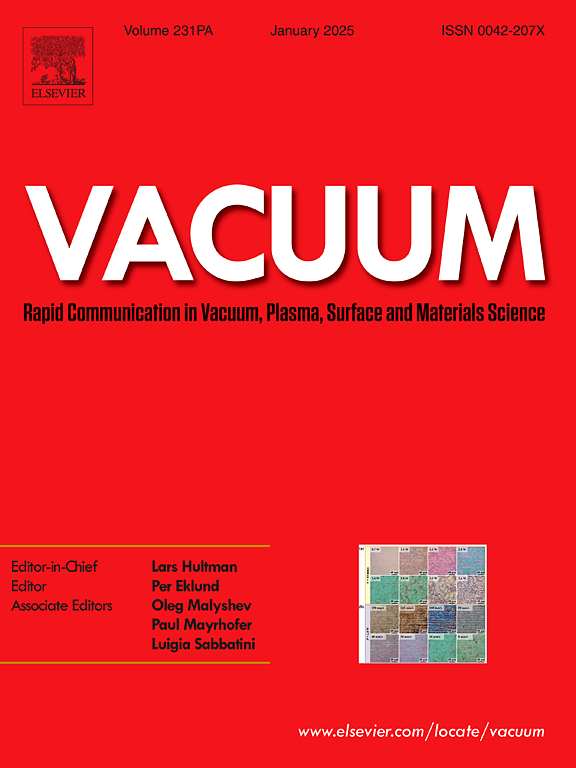气体密封条件下对极齿色散铁磁流体密封的设计与研究
IF 3.9
2区 材料科学
Q2 MATERIALS SCIENCE, MULTIDISCIPLINARY
引用次数: 0
摘要
当转轴在高速、重载工况下运行时,会产生较大的径向跳动。普通铁磁流体(FF)密封在大密封间隙(SC)下的密封承压能力急剧下降,因此在真空或高压条件下无法实现气体密封。为提高对极齿弥散型FF密封的耐压性能,设计了一种对极齿弥散型FF密封,通过数值模拟和实验方法分析了对极齿尺寸、对极齿数、对极齿数、对极齿偏心距、对极齿转速对对极齿密封性能的影响。结果表明:实验值与理论值吻合较好,且均显著高于普通FF密封的耐压能力,满足大SC下高压条件下的密封要求。在线速度低于3.4 m/s时,转速影响最小,即使线速度为10.2 m/s时,密封耐压能力仍可超过1atm。这就拓宽了FF密封的应用范围。本文章由计算机程序翻译,如有差异,请以英文原文为准。
Design and study on a dispersive ferrofluid seal with opposite pole teeth for gas sealing conditions
When the rotating shaft operates under high-speed and heavy-load conditions, significant radial runout will occur. The sealing pressure capability of the common ferrofluid (FF) seal drops sharply under large sealing clearance (SC), so it is impossible to achieve gas sealing under vacuum or high-pressure conditions. To improve the pressure capability, a dispersive FF seal with opposite pole teeth (DFS-OPT) was designed, and thus the effects of SC sizes, the number of pole teeth (PT) and OPT, the OPT eccentricity distance, and the rotational speed on the sealing performance of DFS-OPT were analyzed through numerical simulation and experimental methods. The results show that the experimental values are in good agreement with the theoretical values, and both are significantly higher than the pressure capability of common FF seals, meeting the sealing requirements for high-air-pressure conditions under large SC. At linear speeds below 3.4 m/s, rotational speed has minimal effect, and even at a linear speed of 10.2 m/s, the sealing pressure capability can still exceed 1 atm. This broadens the application scope of FF seals.
求助全文
通过发布文献求助,成功后即可免费获取论文全文。
去求助
来源期刊

Vacuum
工程技术-材料科学:综合
CiteScore
6.80
自引率
17.50%
发文量
0
审稿时长
34 days
期刊介绍:
Vacuum is an international rapid publications journal with a focus on short communication. All papers are peer-reviewed, with the review process for short communication geared towards very fast turnaround times. The journal also published full research papers, thematic issues and selected papers from leading conferences.
A report in Vacuum should represent a major advance in an area that involves a controlled environment at pressures of one atmosphere or below.
The scope of the journal includes:
1. Vacuum; original developments in vacuum pumping and instrumentation, vacuum measurement, vacuum gas dynamics, gas-surface interactions, surface treatment for UHV applications and low outgassing, vacuum melting, sintering, and vacuum metrology. Technology and solutions for large-scale facilities (e.g., particle accelerators and fusion devices). New instrumentation ( e.g., detectors and electron microscopes).
2. Plasma science; advances in PVD, CVD, plasma-assisted CVD, ion sources, deposition processes and analysis.
3. Surface science; surface engineering, surface chemistry, surface analysis, crystal growth, ion-surface interactions and etching, nanometer-scale processing, surface modification.
4. Materials science; novel functional or structural materials. Metals, ceramics, and polymers. Experiments, simulations, and modelling for understanding structure-property relationships. Thin films and coatings. Nanostructures and ion implantation.
 求助内容:
求助内容: 应助结果提醒方式:
应助结果提醒方式:


